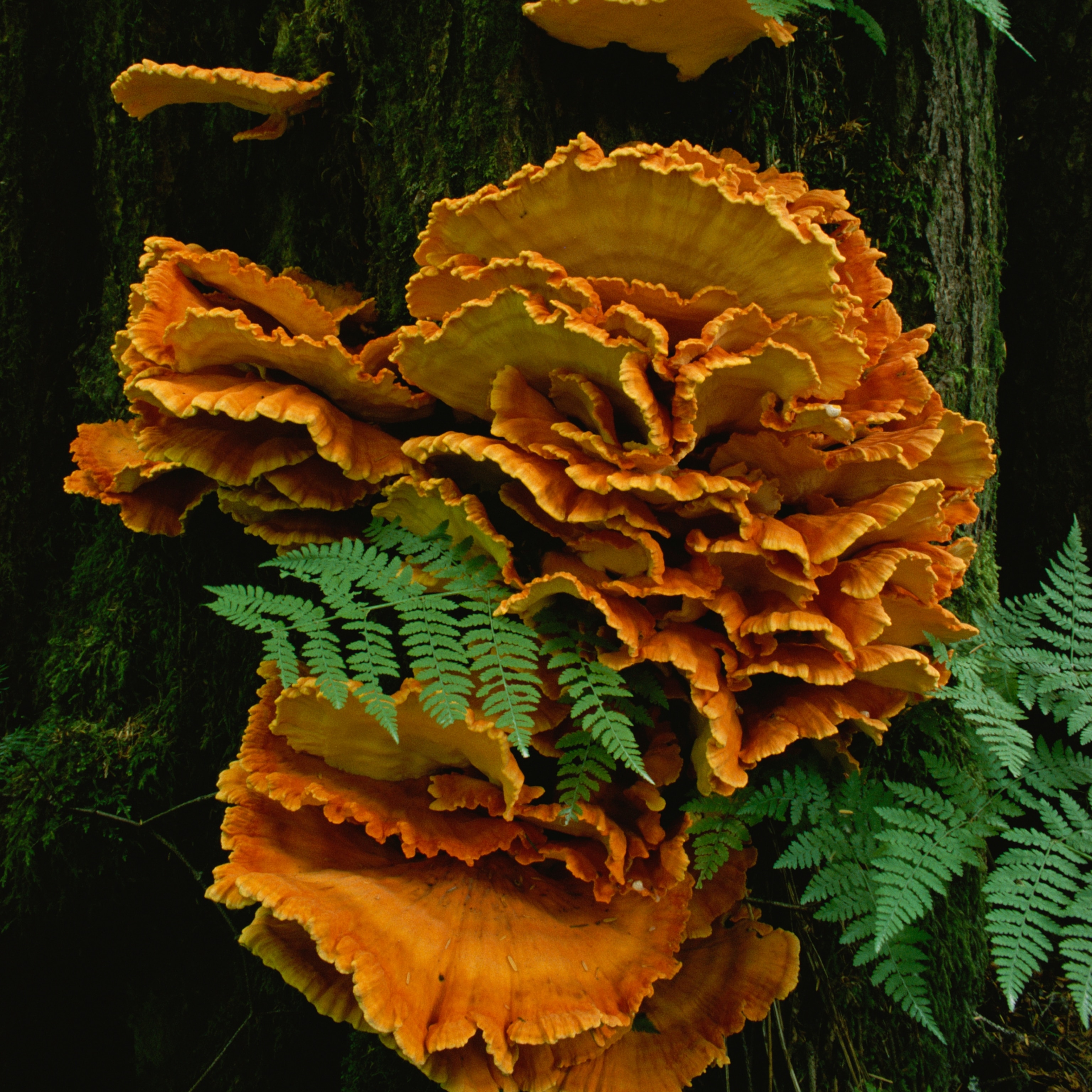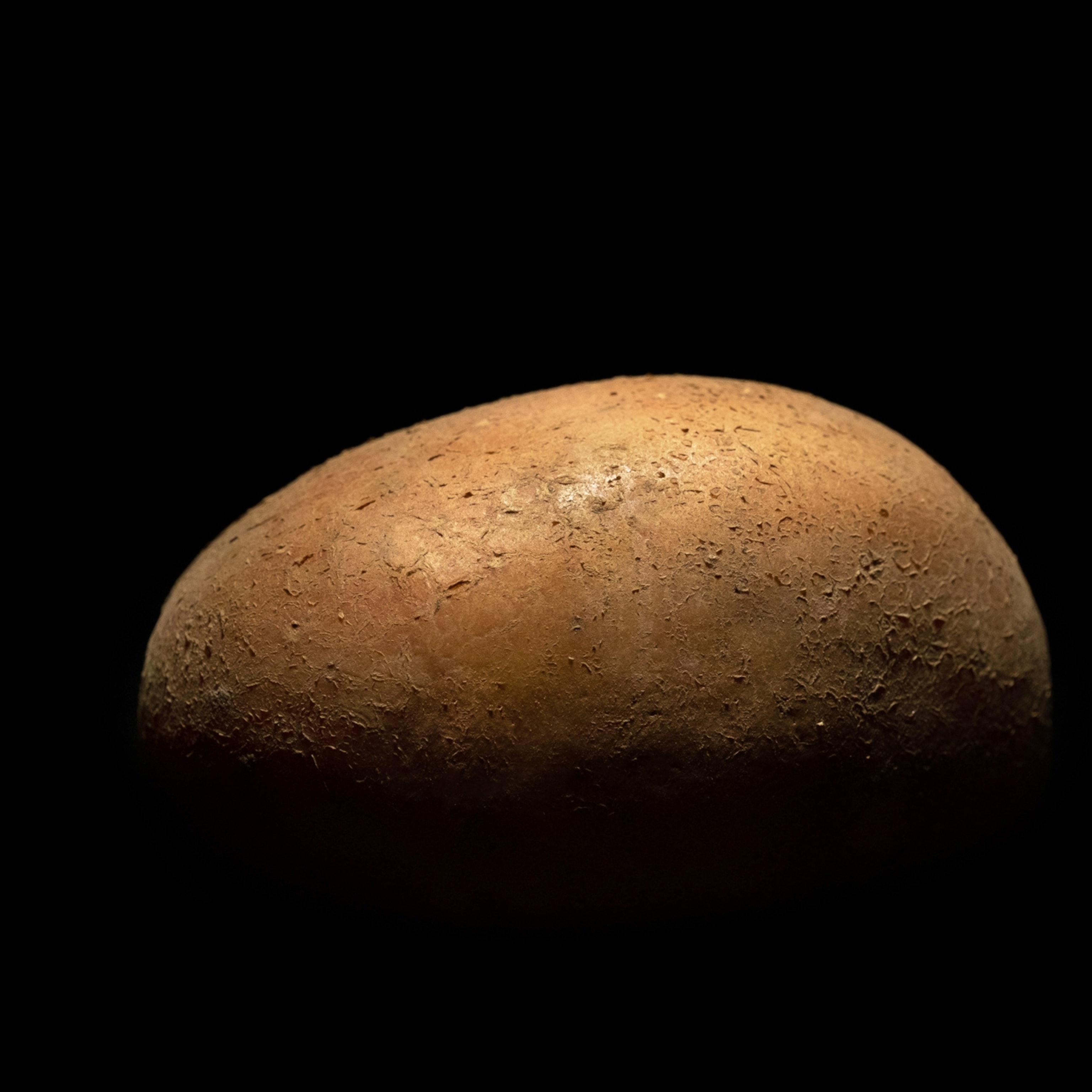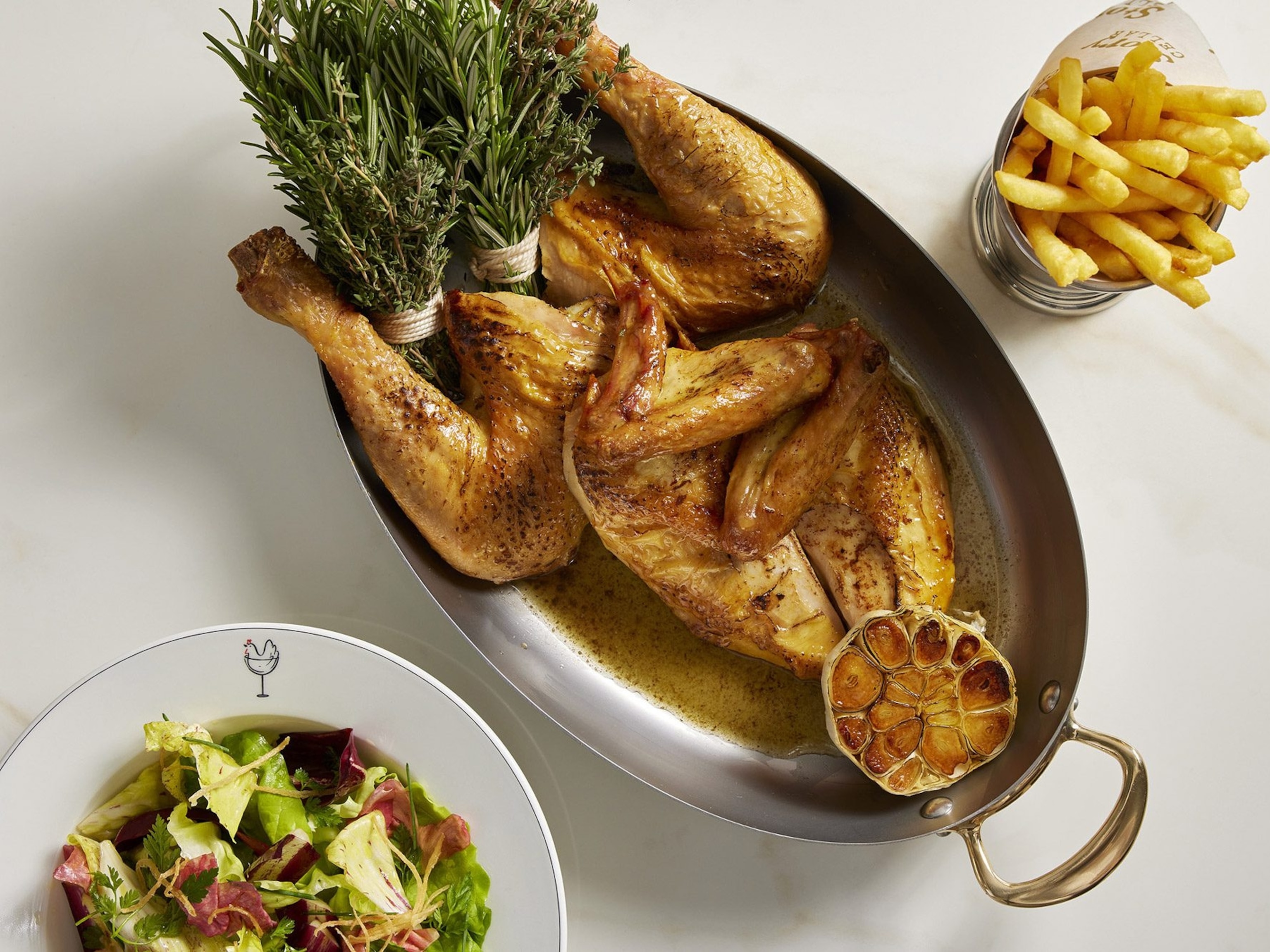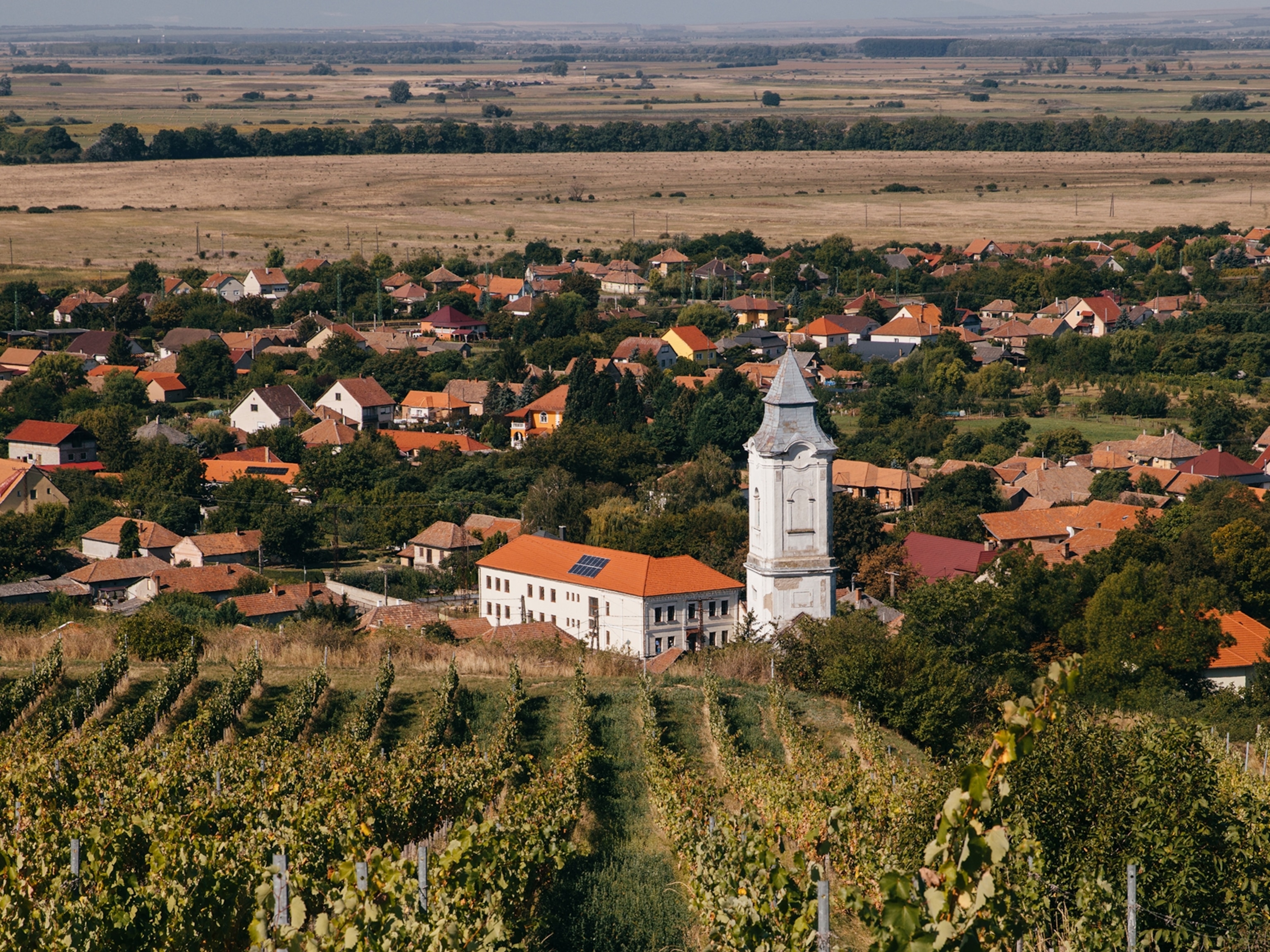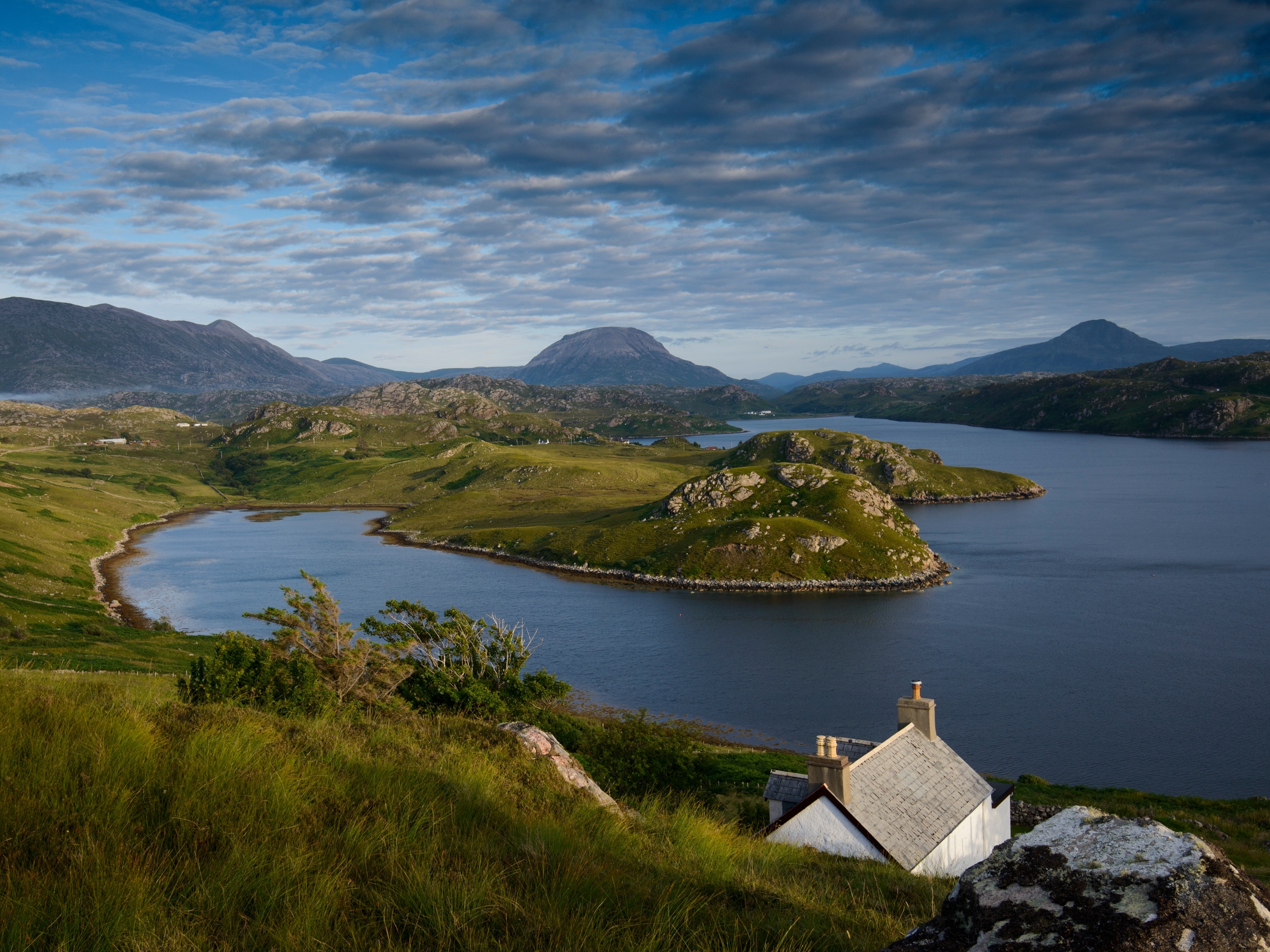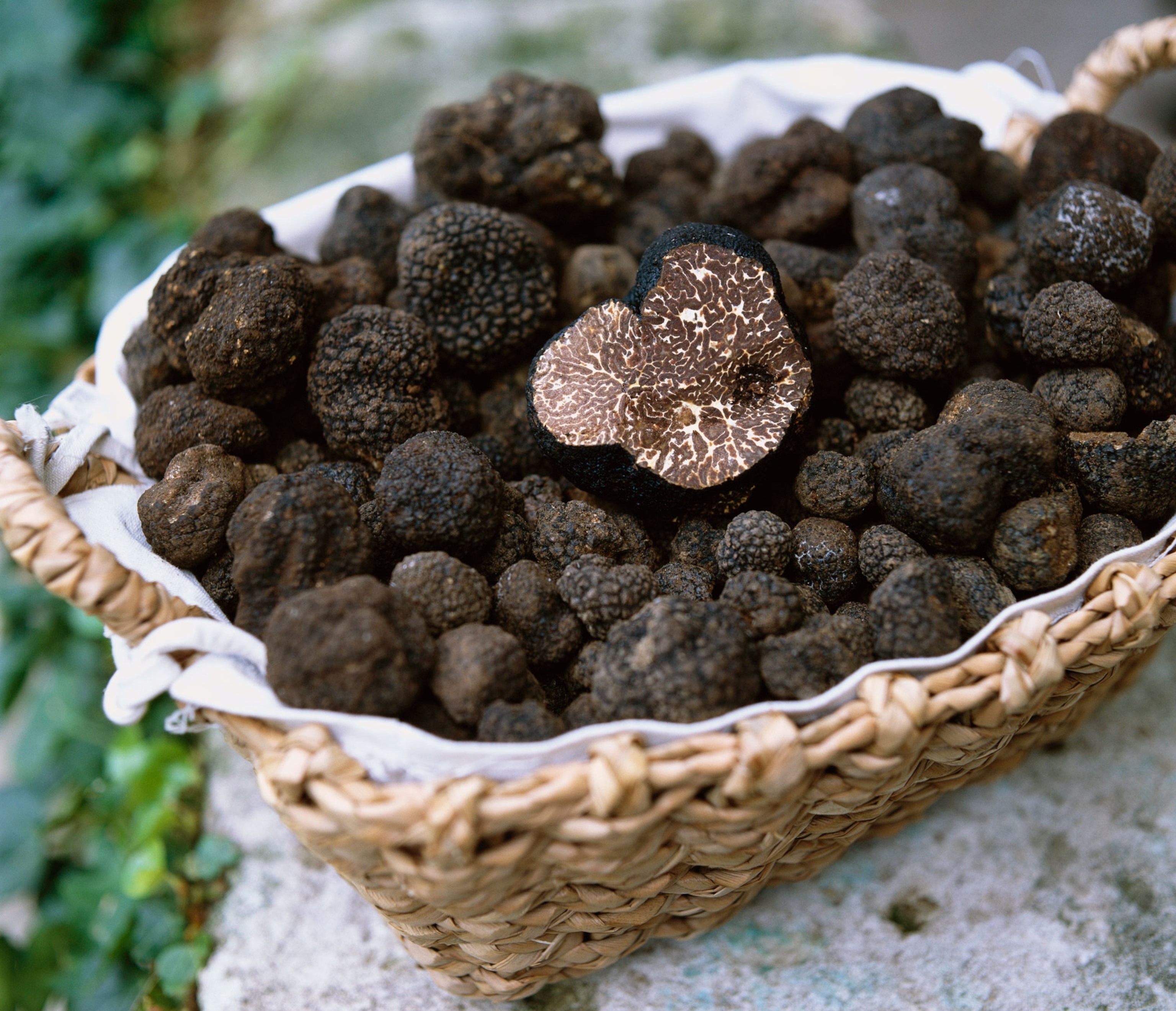
The Trouble With Truffles
There's money to be made in the truffle business, but these fungi are famously fickle about their growing conditions.
Truffles are the wave of the future, at least according to Charles Lefevre, founder of Oregon’s New World Truffieres.
Over 200 truffle orchards are now under development in the United States—and, though they’ve yet to give the truffle forests of Europe a run for their money, there’s hope. “These people are much like those who pioneered the wine industry in California 50 years ago,” Lefevre says, and the wine market these days adds an annual $56 billion to the American economy. International truffle sales are expected to reach $6 billion within the next decade or two and Americans, understandably, would like a piece of the action.
Truffles are an appealing investment because of their whopping price. Prized white truffles (Tuber magnatum) from the Italian Piedmont sell for upwards of $3,000 a pound; and black truffles (T. melanosporum) from the Périgord in southwestern France—nicknamed “black diamonds” by gastronome Jean Anthelme Brillat-Savarin and a feature ingredient of pate de foie gras—will set you back to the tune of $900 a pound. Truffles these days, are among the world’s most expensive foods, along with such super-exorbitant delicacies as Yubari melons ($7,500/fruit), black Indonesian chicken ($2,500/bird), and gold-spiked caviar ($50,000/pound).
Truffles aren’t just your home-and-garden-variety mushrooms. Legendarily aromatic and delicious, they have a long historical reputation as aphrodisiacs. The Marquis de Sade is said to have plied his victims with them, and, according to Lyall Watson in Jacobson’s Organ and the Remarkable Nature of Smell, the marquis may have been onto a good thing. In one cited study, volunteers exposed to the pervasive smell of truffles gave photos of persons of the opposite sex significantly higher scores for attractiveness than truffle-less controls, who sniffed only filtered air.
In another, biochemistry professor Mauro Maccarrone and colleagues at Italy’s Campus Bio-Medico University discovered that black truffles produce a compound called anandamide, a chemical similar to tetrahydrocannabinol (THC), the active ingredient in marijuana. Nicknamed the “bliss molecule,” anandamide in the truffle plays a pedestrian role in melanin synthesis—that is, the pigment that makes black truffles black—but to the truffle-eating animal, it’s intoxicating. In other words, forget the wine and chocolates. Go for truffles.
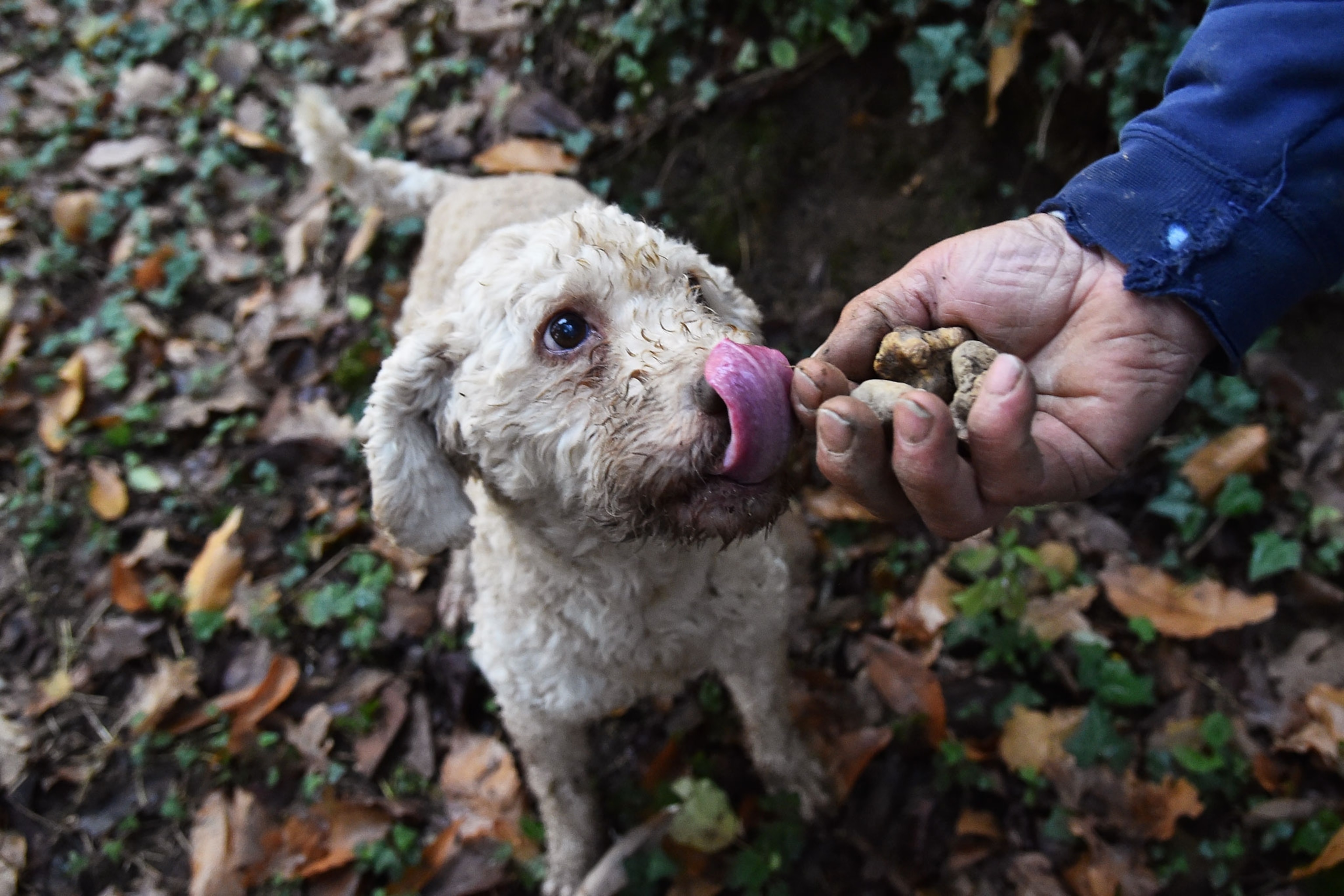
Foodies wax ecstatic over truffles. The late food writer Josh Ozersky described their aroma as “a combination of newly plowed soil, fall rain, burrowing earthworms, and the pungent memory of lost youth and old love affairs.” A few slices shaved over a dish can turn the ordinary into the extraordinary.
Culinarily, that’s hard to beat. Today truffles are so in demand that cautious restauranteurs store their precious and pricey fungi in safes.
The trouble with truffles is that there are a lot fewer of them than there used to be. The European truffle harvest, which topped 2,000 annual tons a hundred years ago, is now down to a mere 20 or so, a victim of climate change’s elevated temperatures and decreasing rainfall.
Fakes and Forgeries
Like any commodity that is rare and costs the earth—wines, jewels, van Goghs, Penny Black stamps—truffles are now targets of theft, trafficking, fakery, and fraud. In 2012, thieves broke into a warehouse belonging to Italy’s Urbani Tartufi, the world’s largest truffle purveyor, and made off with over $60,000-worth of premium truffles. In truffle season, the French police throw up road blocks and search suspicious cars. Truffle foragers lucky enough to have found a profitable hunting ground keep the location secret and pass it down to their heirs.
Truffles per se aren’t rare. Worldwide, there are thousands of species, found everywhere from the Kalahari Desert to the Himalayas—but the most prized and scrumptious are found in a narrow swathe of territory that stretches from northern Spain through southern France, northwestern Italy, and Croatia. Once such high-end truffles ruled the market. Nowadays they’re at risk from interlopers from China.
Chinese truffles grow wild throughout millions of acres of forest in the provinces of Yunnan and Sichuan. Prominent among these is T. indicum, a Chinese truffle that looks pretty much like the Périgord black truffle, but, in a cruel trick of nature, the Chinese version doesn’t smell or taste remotely like its delectable European look-alike. “It tastes like a turnip,” says French truffle aficianado Eduardo Manzanares. “Like a potato. Like nothing.”
Unlike European truffles, however, Chinese truffles are cheap. Wholesale, they go for as little as $20-30 a pound, which means that it’s almost irresistible for unscrupulous truffle sellers to substitute Chinese truffles for the real thing—or, at the very least, to adulterate a shipment of genuine T. melanosporum with a handful of T. indicum, in the same spirit that creative drug dealers add flour to cocaine. Substandard truffles are thought to infiltrate 30 percent or more of truffle exports. The only way to tell if you’ve been taken is to whip out a microscope or send a sample to a lab for genetic analysis.
The late food writer Josh Ozersky described their aroma as 'a combination of newly plowed soil, fall rain, burrowing earthworms, and the pungent memory of lost youth and old love affairs.'
The genome of the Périgord black truffle was first sequenced in 2010; and today a molecular test can differentiate a “false” from a genuine truffle in under 48 hours. It’s often a necessary precaution. Food fraud, in the present climate of scarcities and rising prices, is so prevalent that Interpol, the European police agency—star of countless movies and crime thrillers— initiated Operation Opson in 2011, devoted to tracking down and confiscating counterfeit foods. One crack-down raked in over 10,000 tons of deceptive or illicit foodstuffs, including adulterated olives, illegal monkey meat, and flagrantly fake sardines, caviar, and truffles.
Truffles are hypogeous fungi: that is, unlike the familiar gilled mushrooms on stems that pop up periodically in back yards, they grow underground. Buried, they depend on foraging animals, rather than wind, to spread their spores. To attract foragers, truffles, when ripe, turn on their spectacular scent, broadcasting a volatile signal to all within reach that they’re ready to be unearthed, eaten, and dispersed.
Of the truffle’s impressive battery of 13,000 proteins, scientists have identified nine that contribute to the distinctive aroma—and among them is androstenone, a steroidal pheromone found in the saliva of sexy male pigs. This is madly attractive to females, which is why female pigs have traditionally been used to hunt for truffles. The trouble with pigs is that being pigs, they tend to gobble up anything they find. These days, truffle hunters use trained dogs, which can cost $5,000 or more.
Training can be a lengthy process: the trick, according to the North American Truffling Society, is to start dogs young, accustoming them to the desired scent with a buried sock stuffed full of mature truffles or a hidden stash of Limburger cheese. It’s worth the effort: dogs, unlike the piggish pigs, don’t eat truffles, and, given that wild truffle-hunting is often the sneaky and secretive business that it is, dogs are more discrete. After all, Lefevre points out, “If you’ve got a pig in your car, everyone knows what you’re doing.”
If truffles are so rare and so desirable, why rely on the wild? Why not simply grow your own? The answer is that growing a truffle is tougher than it looks.
How to Grow a Truffle
Truffles are associated with the roots of trees—primarily oaks and hazelnuts in the case of the Italian white and Périgord black; Douglas firs in the case of Oregon white truffles (T. oregonense and T. gibvbosum). Together tree and truffle mesh to form a complex and inseparable ecosystem. The filamentous mycelium of the fungus intercalates with the tiny hair-like feeder roots of the tree, forming a mycorrhiza (from the Greek words for “fungus” and “root”). It’s a beautiful partnership in which the tree provides the truffle with sugars, the products of photosynthesis, and the fungus provides the tree with water and soil nutrients.
Over the past few decades, techniques have been developed for inoculating tree seedlings with truffle mycelium, but the process is still iffy and doesn’t necessarily ensure that you’ll get mature truffles. Italian white truffles remain resolutely wild. French black truffles, on the other hand, are more amenable to domestication. Up to 80 percent of the crop, according to food writer Eugenia Bone, now come from truffle farms (truffieres), the offspring of inoculated saplings. Dismayed by increasing competition from Chinese imports and dwindling native harvests, French truffle producers have resolved to add to their truffieres by planting 300,000 to 400,000 new trees annually, but it will be a good 10 years or more before these begin to produce.
Foreign truffle shortages may pave the way for windfalls for American truffle farmers. Oregon, the top truffle-producing state in the U.S., boasts some 350 different native truffle species, four of which are harvested and sold commercially. While Oregon truffles lack the reputation of their European cousins, many proclaim them delicious, and they had the enthusiastic support of renowned chef James Beard. In blind taste tests, they’ve even ranked right up there with the renowned Italian white.
Others are establishing orchards of the fabled T. melanosporum on American soil. Tom Michaels of Tennessee Truffle, for example, has been turning out Périgord black truffles since 2007; and Robert Chang and Paul Thomas of the American Truffle Company partner with hopeful truffle growers, providing high-class seedlings inoculated with either black winter (T. melanosporum) or black summer (T. aestivum/uncinatum) spores.
Truffle farming isn’t cheap. Chang estimates it costs somewhere between $15,000 and $20,000 to establish a truffle orchard. But if all goes well, at an average production rate of 35 to 80 pounds of truffles per acre per year, lucky owners can expect an annual profit of $42,000 to $96,000.
And failing that, should you live in a truffle-unfriendly climate, you can at the very least adopt your own French truffle tree.


